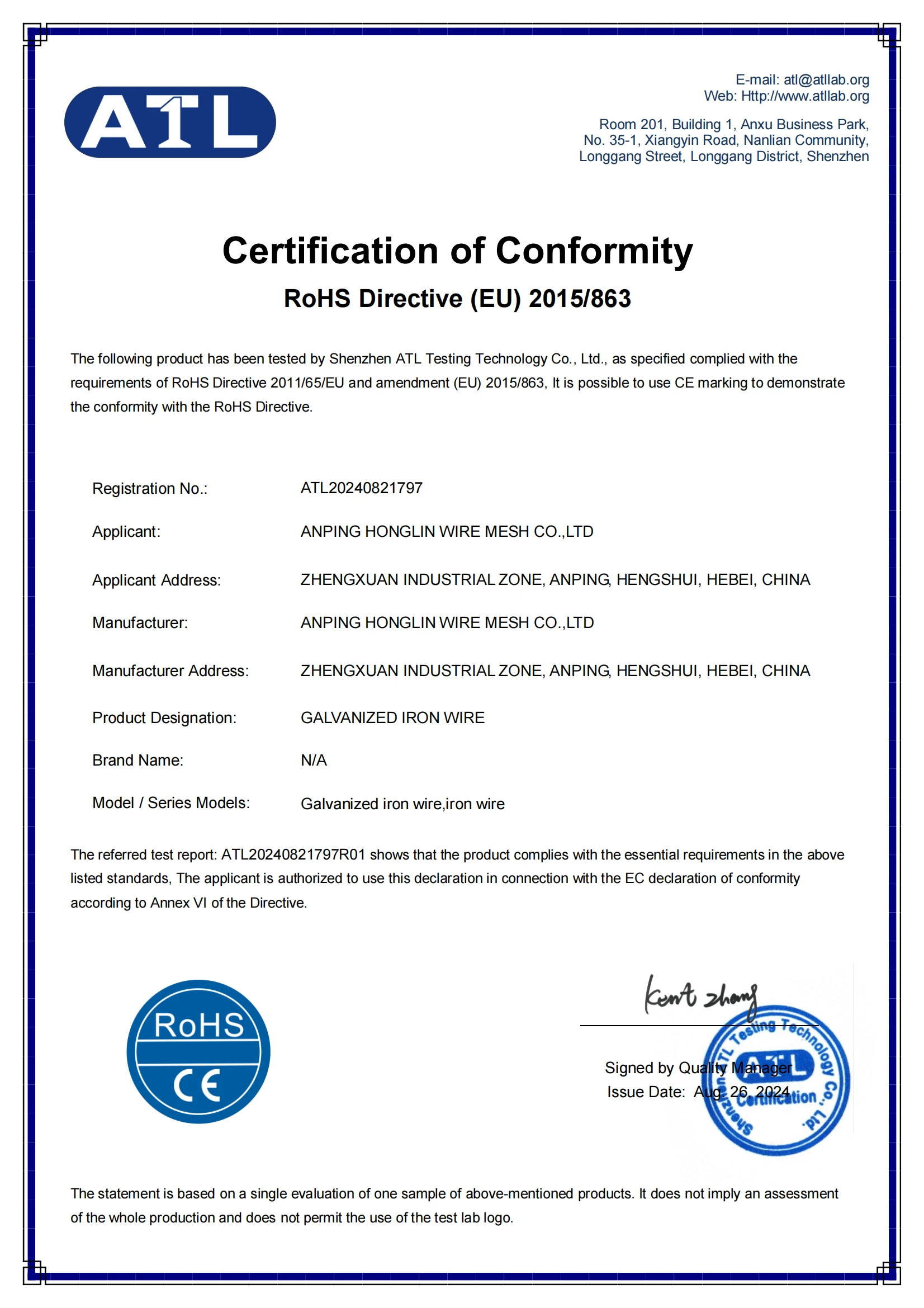chain fence installation
Chain Link Fence Installation A Step-by-Step Guide
Chain link fences are popular for their durability, security, and relatively low cost. They serve various purposes, from defining property boundaries to providing safety for children and pets. Installing a chain link fence can be a rewarding DIY project if you follow the right steps. This guide will outline the key phases involved in chain link fence installation to help ensure your project is successful.
Planning and Preparation
Before you begin the installation process, it's essential to plan your project. Start by determining where you want the fence to go. Use stakes and string to mark the perimeter, ensuring that the layout is accurately outlined. After marking the area, check with your local building regulations to see if you need any permits or if there are specific guidelines to follow.
Next, decide on the materials you'll need. Common components for a chain link fence include
- Chain link fabric - Fence posts (terminal and line posts) - Post caps - Fence fabric tension bands - Tie wires - Concrete mix (for setting posts) - Tools like a post hole digger, a level, and a measuring tape
Gathering Tools and Materials
Once you have your materials list, gather all the necessary tools. A proper toolbox will make the installation process smoother. Ensure that you have safety gear on hand, such as gloves and safety glasses.
Digging Post Holes
After gathering your materials, it's time to dig the post holes. The depth of the holes should be at least one-third the height of the posts, typically about 2-3 feet deep for a standard 4-6 feet fence. Using a post hole digger, dig holes at intervals based on the height of the fence and the size of the fabric; a common recommendation is placing the posts every 5-10 feet apart.
chain fence installation

Setting the Posts
Once the holes are dug, it's time to set the posts. Begin with the terminal posts at the corners and ends of your fence. Insert the posts into the holes, ensuring they are level and plumb. To secure them, mix the concrete according to the manufacturer's instructions and pour it into the hole, around the posts. Allow the concrete to cure for at least 24 hours before proceeding to the next step.
Attaching the Chain Link Fabric
After the posts are set and cured, it’s time to attach the chain link fabric. Start by unrolling the chain link material along the fence line. Use a tension bar to connect the fabric to the terminal posts, which will provide stability. Secure the fabric to the line posts using tension bands and tie wires. Space the tie wires approximately every foot to ensure the fabric is secure.
Adding Finishing Touches
Once the chain link fabric is installed, you can add finishing touches. Attach the top rail, which will provide extra stability. Install post caps on the top of the posts to prevent moisture from entering and to give a polished look.
Maintaining Your Chain Link Fence
With your chain link fence installed, maintenance is relatively low. However, it's important to periodically check for rust, loose ties, or any damage, particularly if your fence is exposed to harsh weather conditions. Regular cleaning and touch-up painting (if galvanized) can help extend the lifespan of your fence.
Conclusion
Installing a chain link fence may seem daunting, but with careful planning and execution, it can be accomplished successfully. By following these steps, you can enjoy the security and functionality that a chain link fence provides for years to come. Whether you are enclosing your yard or creating a secure area for pets, a chain link fence is a practical and effective solution. Happy fencing!
-
Space-Saving Chain Fence Hacks Vertical Gardening with Cyclone MeshNewsJul.16,2025
-
Innovations in Iron Nail Wire Production for Modern ConstructionNewsJul.16,2025
-
Creative Uses of Wire Netting Fence in Modern Landscape DesignNewsJul.16,2025
-
Barbed Wire Fence Innovations in Anti-Climb TechnologyNewsJul.16,2025
-
Architectural Uses of Umbrella Nails for Aesthetic Roof DesignsNewsJul.16,2025
-
Architectural Uses of Razor Barbed Wire in Secure Urban DesignNewsJul.16,2025




